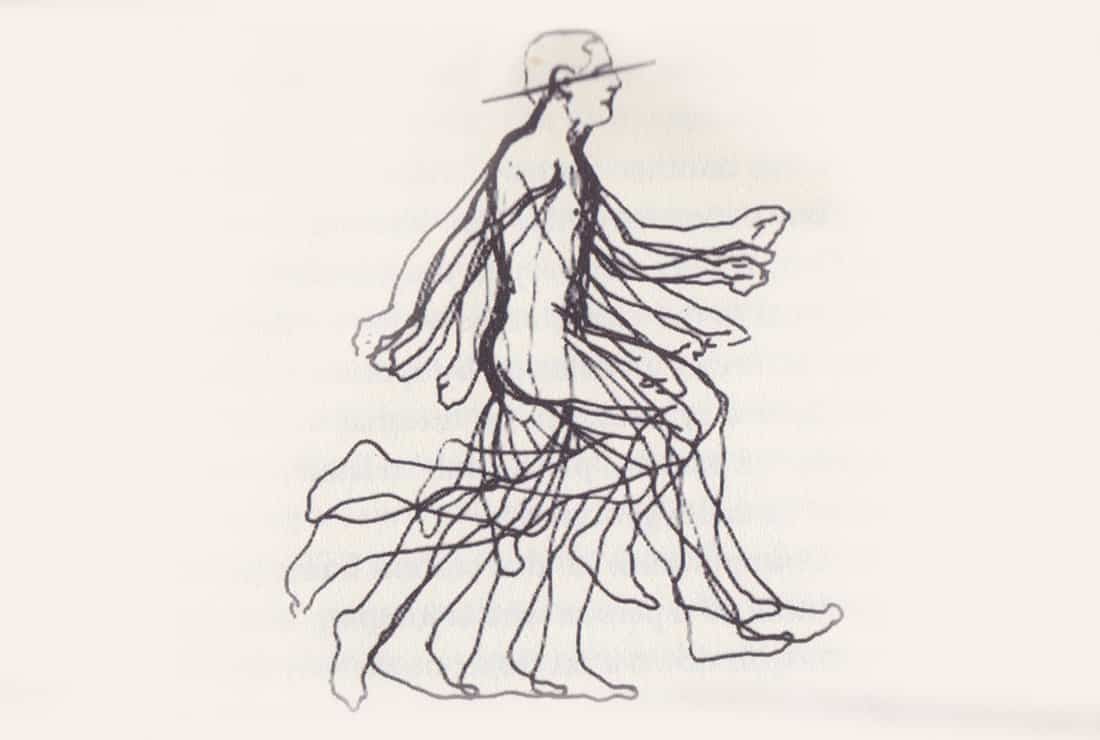
The Primary Control
How many people do you know who complain of tension or stiffness? How many of them seem to be ‘dragging’ themselves through life? These experiences are the direct result of imbalances or distortions in muscle tone, generally due to poor movement patterns.
People can end up with unbalanced tone for all sorts of reasons. Surprisingly, it’s often because the person consciously decided to move a certain way, but it then becomes such a habit that they’re no longer aware of doing it. It can also be a direct result of an injury or struggle with skilled action, where the person found a way to cope but in doing so distorted the coordination of the whole.
The process of improving coordination involves moving towards an ideal muscle tone that’s responsive; one that’s neither restrictive nor disconnected(1).
This is the Goldilocks Principle of Coordination: not too much, not too little … just right. (2)
Muscle tone comes from a mix of factors like postural support, automatic coordination (i.e. the timing, sequencing and rhythm of parts in relation to each other) and the direct desire or wish for movement. Science clearly shows that focusing on the desired outcome is necessary for good performance as this leaves the body free to self-organise the specifics to achieve the aim (3), but how well this works depends on the person’s habitual balance and coordination of muscle tone.
Strategies for improvement differ between individuals.
When muscles are too tense, trying to change movement patterns directly is ineffective because movement is restricted and the self-balancing/self-organising reflex mechanisms can’t function optimally. For things to change, they need to move or (to be more precise) be available to be moved.
When muscle tone is insufficient, it leads to disorganisation of anti-gravity support and the coordination of actions (timing, sequencing and rhythm). The body becomes heavy, falling towards the earth, and the coordination signals from the nervous system (4) aren’t enough to overcome the inertia (weight) of the limbs. These circumstances call for increased reflex or background muscle tone through training in spatial thinking, particularly the relationship between head and spine during actions.
To summarise, an ideal combination of availability of movement with spatial mapping during movement can lead to changes in postural tone and movement support towards the ‘just right’ for the action. As this happens, you’ll be surprised to discover just how much ‘the right thing does itself’(5).
1. See Hellebrandt, F. A., Schade, M., & Carns, M. L. (1962). Methods of evoking the tonic neck reflexes in normal human subjects. American Journal of Physical Medicine, 41, 90–139.
2. See The Goldilocks Principle on Wikipedia
3. See Wulf, G., Shea, C., & Lewthwaite, R. (2010). Motor skill learning and performance: a review of influential factors. Medical Education, 44(1), 75–84. http://doi.org/10.1111/j.1365-2923.2009.03421.x
4. via the spindle feedback mechanisms. For a review of these see: Proske, U., & Gandevia, S. C. (2012). The Proprioceptive Senses: Their Roles in Signaling Body Shape, Body Position and Movement, and Muscle Force. Physiological Reviews, 92(4), 1651–1697. http://doi.org/10.1152/physrev.00048.2011
5. F.M. Alexander, teaching aphorism


